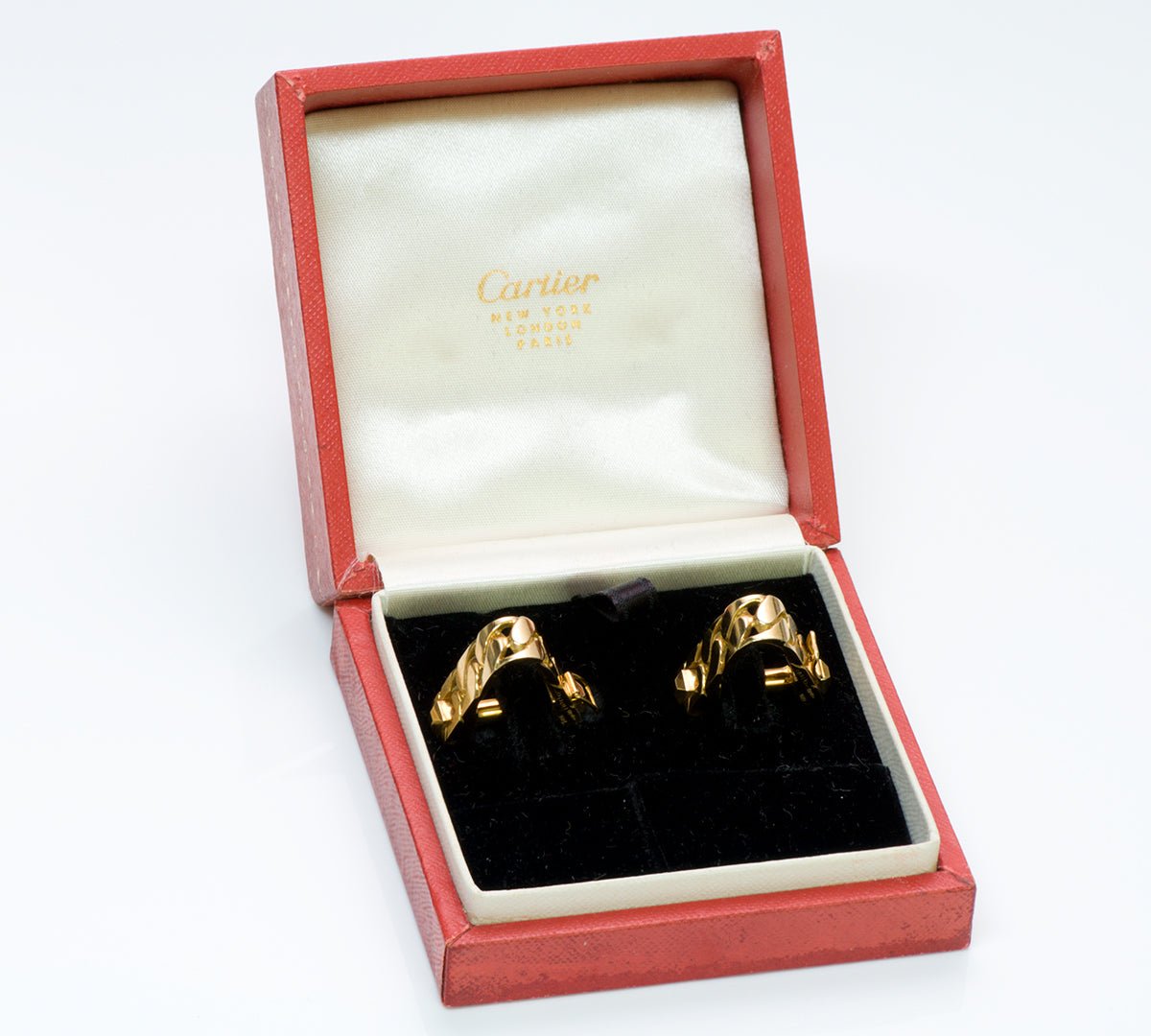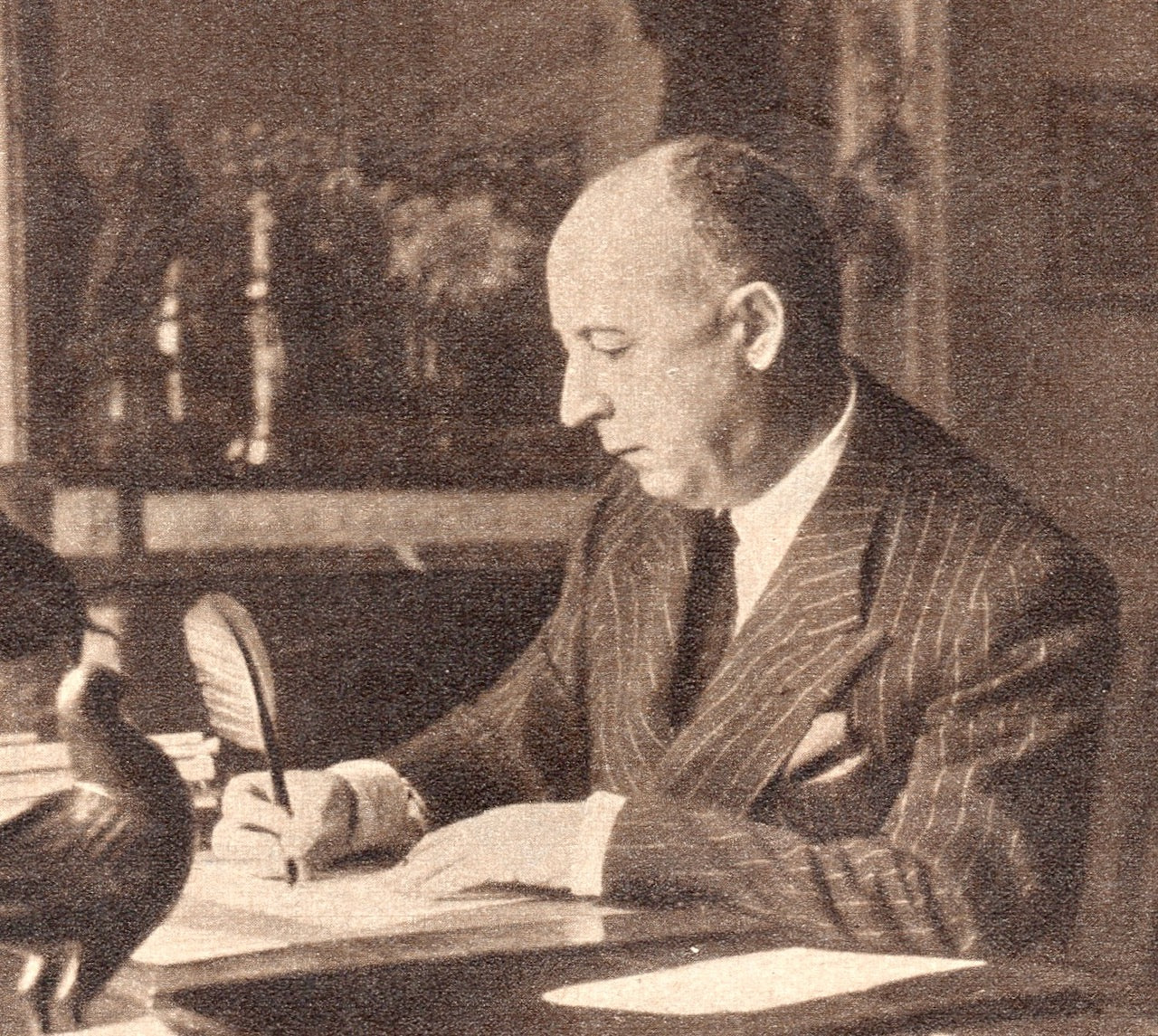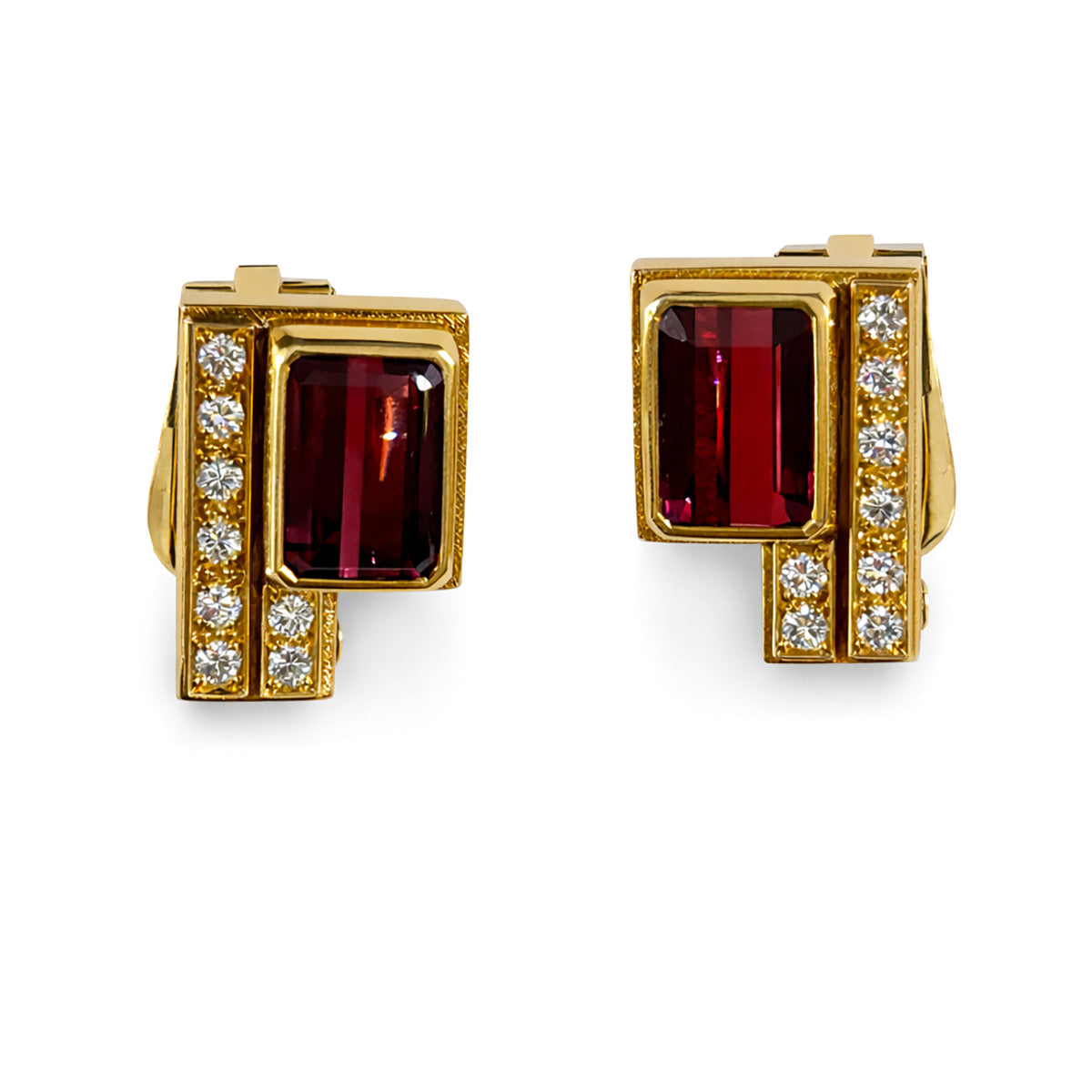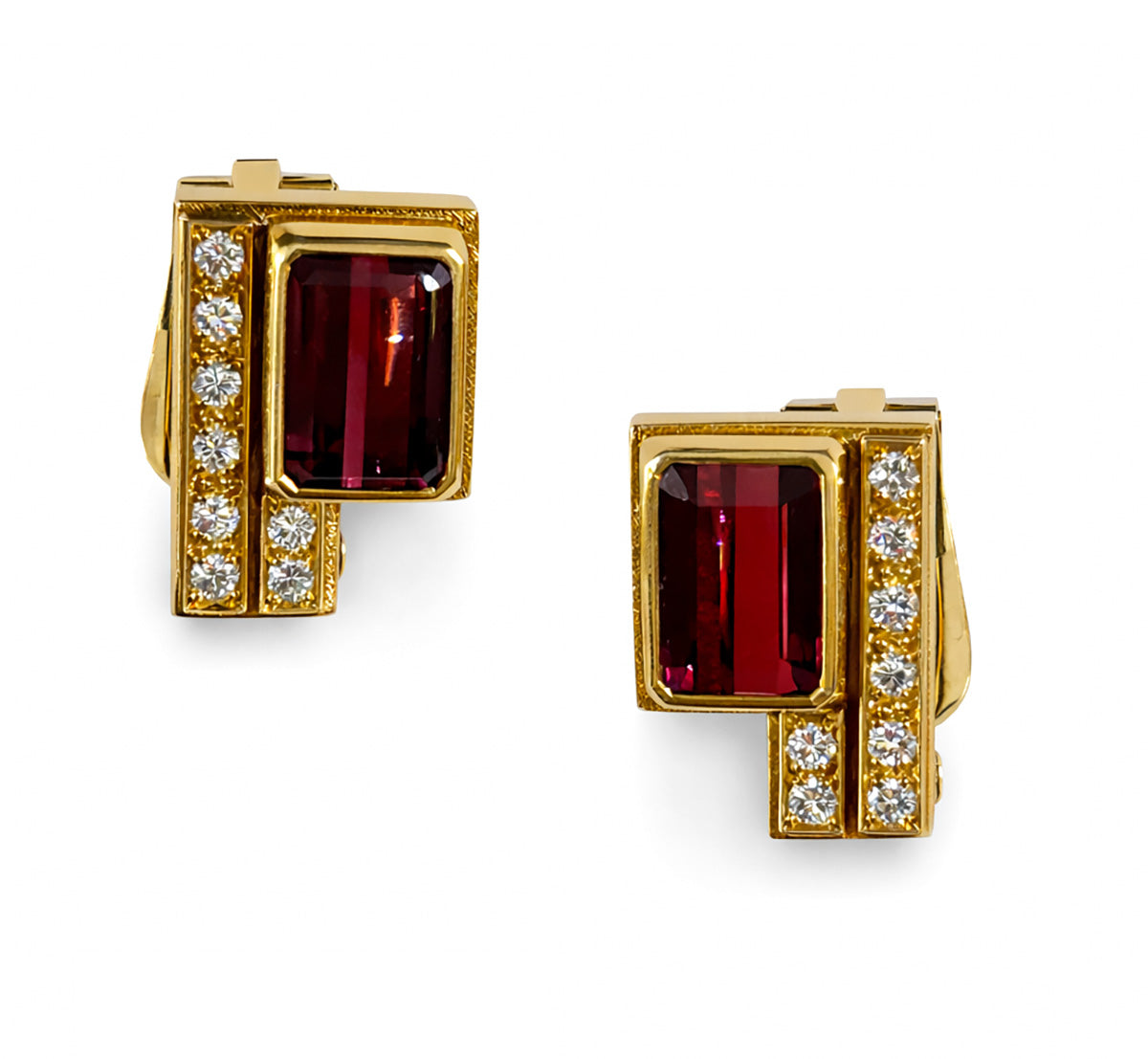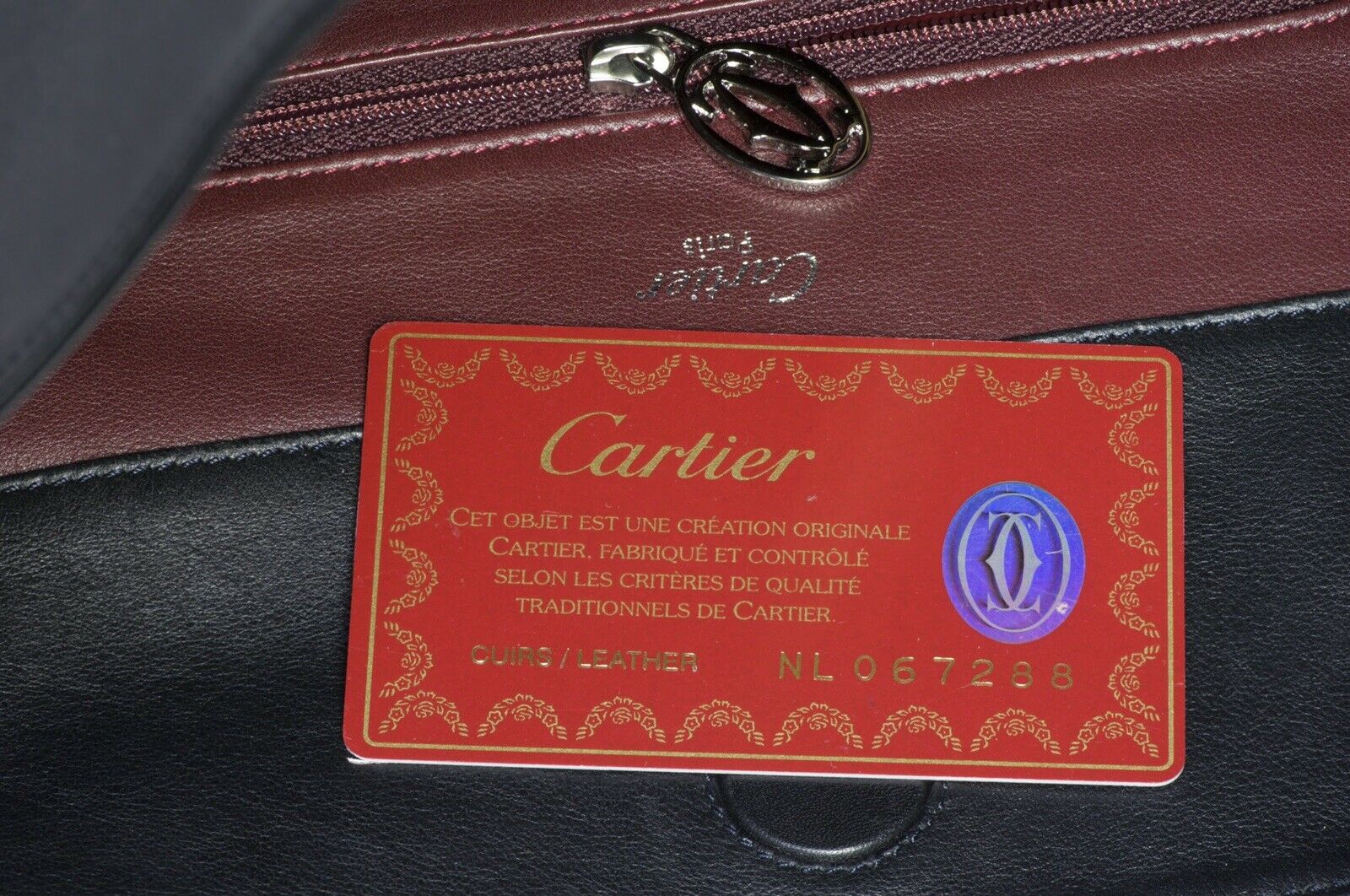
Cartier's Fascination With The Number 13
Cartier's fascination with the number 13 challenges traditional beliefs and cultural superstitions.
Embracing this often-misunderstood numeral, Cartier redefined perceptions of luck and superstition, weaving the number into iconic designs that challenged traditional beliefs while captivating admirers worldwide.
The Historical Significance of Cartier
Cartier, a name synonymous with luxury and elegance, has roots dating back to 1847. Founded by Louis-François Cartier in Paris, the brand quickly rose to prominence and became one of the world's most prestigious luxury jewelry brands through innovation and artistry.
The Role of Louis Cartier
Louis Cartier, the grandson of the founder, played a crucial role in shaping Cartier's identity. His visionary approach to jewelry design not only set new standards but also differentiated Cartier from its competitors.
Under his leadership, the brand became renowned for its pioneering spirit and exquisite craftsmanship.
Key Contributions by Louis Cartier
Innovative Designs: Louis introduced groundbreaking elements such as the first wristwatch designed specifically for pilots, known as the Santos watch. This blend of functionality and style was revolutionary for its time.
Iconic Creations: From tiaras to timepieces, each piece bore the hallmark of sophistication and technical prowess.
The Importance of Rue de la Paix
The significance of Rue de la Paix cannot be overstated in Cartier's storied history. In 1899, Louis opened their flagship store at this prestigious address. Known as a hub for high-end fashion and luxury goods, Rue de la Paix became synonymous with Cartier’s legendary status.
The address of his store at Rue de la Paix no. 13 became legendary and is often linked with good fortune within the company lore.
This location was more than just a store; it was a symbol of Cartier's commitment to excellence and innovation. Many of their iconic creations were conceived here, solidifying Rue de la Paix as an indelible part of their legacy.
Cultural Changes and Beliefs in the Early 1900s
In the early 1900s, people's views on superstitions started to change, especially among wealthy women who often visited fashion salons. These places were not only about high-end clothing but also became hubs for fresh ideas and cultural changes.
Women during this time, empowered by shifting social dynamics, began to challenge long-standing superstitions, including those related to symbols like the number 13.
The Fascination with the Number 13
The number 13 has always had a complex reputation. While it was traditionally regarded as a sign of misfortune, it began to acquire new interpretations during this period.
For some individuals, it evolved into a symbol of uniqueness—a means to express individuality and defy conventional beliefs.
The fashionable elite took the lead in this redefinition, frequently incorporating the number into their personal style as an emblem of strength and independence.
Challenging Norms Through Artistry
This cultural transformation found expression in various aspects of society. Jewelry design, for example, became a realm for confronting outdated standards.
Designers embraced these fresh viewpoints, creating pieces that celebrated what was previously rejected.
Cartier's own embrace of the number 13 can be viewed as part of this larger movement—an acknowledgment that gracefulness and superstition could coexist, redefining both artistry and belief in luxury fashion.
The Influence of Figures like Evalyn Walsh McLean in Changing the Perception of Luck
Did you know that Cartier, the famous luxury jeweler, had a fascination with the number 13—despite its reputation as an 'unlucky' number?
This fascination went beyond just numbers to their legendary creations, including one of the most infamous jewels in history: the Hope Diamond.
Evalyn Walsh McLean, a prominent socialite and heiress, played a crucial role in changing how people viewed luck. In 1911, she bought the Hope Diamond from Pierre Cartier.
This gem was known for its supposed curse, said to bring bad luck to its owners. However, it was also highly sought after by wealthy collectors because of its captivating beauty and rich history.
Challenging Traditional Beliefs
McLean's ownership of the diamond went against conventional wisdom. Instead of giving in to the fear surrounding its curse, she embraced it as a symbol of being different and fearless.
Her public association with such a controversial piece piqued curiosity and admiration among her peers. This kind of high-profile defiance encouraged a cultural shift where individuals began to see value in challenging superstitions.
The appeal of owning something so tied to stories of mystery and misfortune became synonymous with boldness and sophistication—a trend that Cartier cleverly took advantage of.
Cartier’s Embrace and Redefinition of the Number 13
Cartier's relationship with the number 13 is a captivating tale of defiance against cultural norms. This numeral, often shunned for its supposed bad luck, found a unique place within Cartier's storied history.
The decision to embrace this controversial number was not merely whimsical but rather a bold statement against prevailing superstitions.
Why 13?
Rue de la Paix No. 13: Louis Cartier established his first iconic store at this address in Paris, turning an ordinarily unlucky number into a symbol of prestige and success. The location became legendary within the brand's narrative, suggesting an auspicious beginning rather than misfortune.
Rebellion and Elegance: By incorporating the number 13 into their designs, Cartier challenged traditional beliefs while infusing their creations with an element of mystique. This daring approach resonated with their elite clientele who valued exclusivity and individuality.
Cultural Shift: As societal attitudes evolved, particularly among affluent circles, embracing symbols like the number 13 became fashionable—a mark of distinction rather than a harbinger of doom.
The importance of number 13 in Cartier's history signifies a transformative period where art and luxury dared to challenge age-old superstitions, redefining what it means to possess good fortune in a world obsessed with elegance and rebellion.
Artistic Inspirations Behind Iconic Designs Featuring the Number 13
Exploring the artistic inspirations behind Cartier's one-of-a-kind designs, Pierre Cartier often sought inspiration from sources beyond traditional jewelry themes. His creative brilliance was ignited by a diverse range of influences, each adding an element of mystery to the pieces he created.
1. Literary Influences
One major source of inspiration was literature, particularly Wilkie Collins' novel The Moonstone. This story, with its elements of mystery and suspense, struck a chord with Cartier. It offered a rich tapestry of symbolism that Pierre skillfully incorporated into his designs—making use of the captivating number 13 as a central theme.
2. Mineralogy
Mineralogical aspects also had a significant impact on Cartier's design philosophy. The intricate patterns and organic beauty of gemstones presented endless opportunities.
This fascination with mineralogy enabled him to explore the relationship between nature and numbers, utilizing stones to both conceal and emphasize the mysterious numeral 13.
Pierre’s talent for merging these different influences resulted in jewelry pieces that were more than mere decorations; they were artifacts of storytelling. By drawing upon these diverse sources of inspiration, Cartier turned potential superstition into a symbol of grace and refinement.
This strategy not only redefined luxury but also challenged traditional ideas about what defines beauty and good fortune in high-end jewelry design.
A Legacy Beyond Luck
Did you know that Cartier, the famous luxury jeweler, had a fascination with the number 13—despite its reputation as an 'unlucky' number? This bold embrace of the numeral has left a lasting impact on their legacy. By incorporating the mystery of 13 into their designs, Cartier challenged and redefined traditional beliefs about luck in luxury jewelry.
- Innovative Identity: Cartier's choice to incorporate 13 into their brand identity set them apart from competitors who avoided such symbols.
- Cultural Rebellion: This daring approach resonated with a growing cultural rebellion against superstitions, attracting clients who appreciated the bold defiance of norms.
- Enduring Influence: Today, Cartier’s legacy is not just in its exquisite craftsmanship but also in its role as a pioneer that reshaped how luxury intersects with superstition.
Through this unconventional relationship, Cartier created a story where elegance meets rebellion, crafting a narrative of artistry that goes beyond mere chance.

